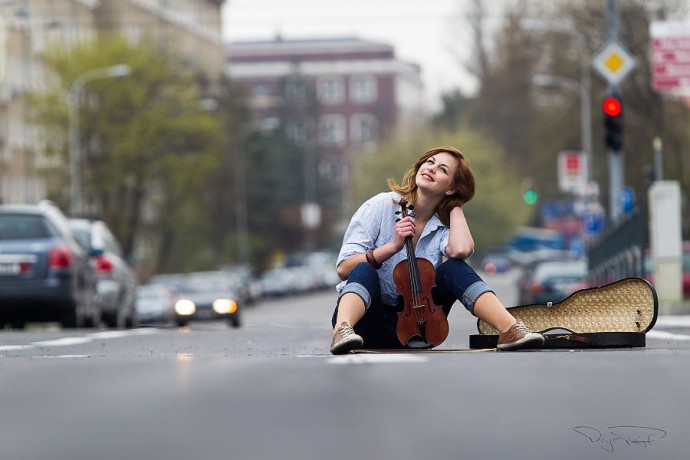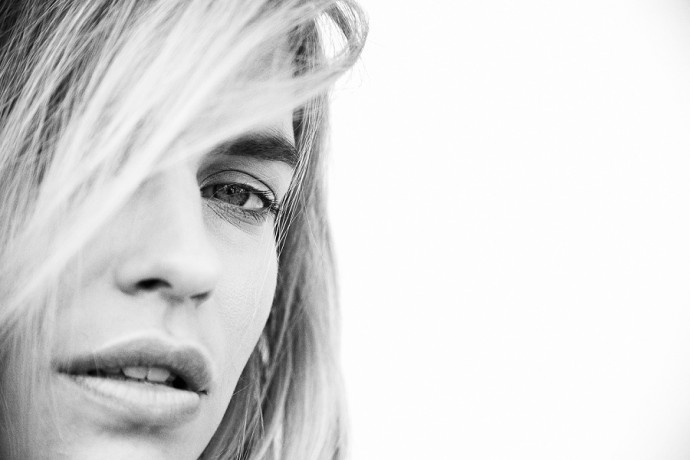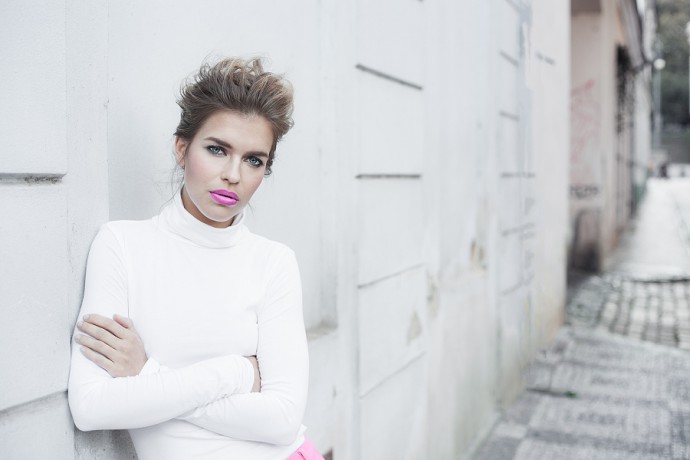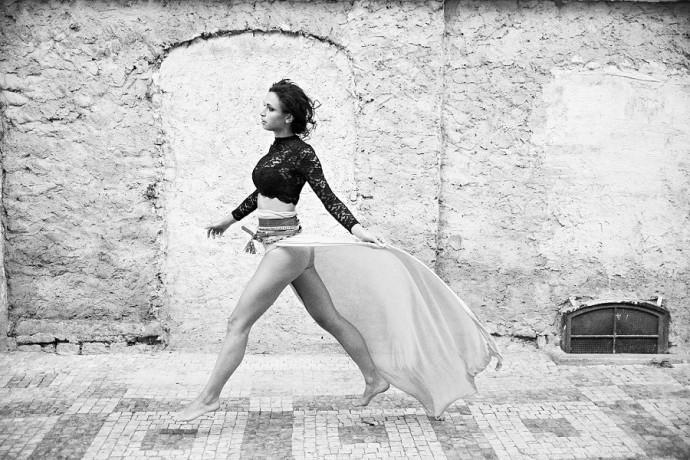Shoot Clean. Shoot Composed

The foundation of any good photo is composition. Use solid colors and surfaces to rid your photos of everything that doesn’t belong, everything that might distract your audience’s attention. Bring life to your pictures—and don’t underestimate the details. Read on for some tips on how to add life to your pictures. As well as what mistakes to avoid.
Composition is the most important element in photography. It reveals how you see the world. How well you can see it, and how well you can create a picture. Details reveal whether you are perceiving the whole photograph, or just seeing your main subject and ignoring the rest.
So learn to look at each picture as one whole, and to eliminate excess and distracting elements right in the viewfinder.
How Do I Compose?
The first thing you should do is ask yourself what you want to say with the photo, and what should be in it. That makes it simple to go on and say what it shouldn’t contain. The best guarantee of including only what you want is to have a neutral, fairly clean background. That gives you a better photo, with fewer distractions to send your audience’s eyes off wandering.

Wires, Poles, and Advertising
The city can be a photographic obstacle course. Electricity wires are the biggest barrier. These often find their way into photos, giving them a chaotic, distracting feel. But if they’re already in your photo, at least they’re relatively easy to remove. To do that, use retouching tools such as the Clone Stamp in Zoner Studio.
Advertisements are a somewhat tougher challenge. They can be very big and very loud. So keep them out of the viewfinder whenever possible. Keep your eyes open—in big cities, they’re on every corner.
Before pressing the trigger, take a good look at the scene and make sure that your composition doesn’t include any wires or advertisements. That will save time that you’d otherwise have to spend editing your photos.

A Portrait by the Wall
You don’t need to own a studio or keep renting one to get portraits with clean backgrounds. Solid, neutrally-colored backgrounds are available to you everywhere.
This kind of photo background may seem boring at first, but it will give you clean, simple, modern pictures.


Start with the Right Expression
To keep a model photo from being boring, one of the things you need is a talented and experienced model. If you don’t have an experienced model, then read these tips on how to get the most from your model.
The tricky part here is that the photo is so simple and clean that all the attention is focused on your model. So if your model can’t put their personality into the photo and give the picture a little extra, then the picture just won’t work. Your success depends on their expression.



From Walls to Ground
There are lots of ways to create simple, neutral backgrounds. Use a floor for example, or some nicely-mown grass. But watch out for how your model is laying—they might be posing awkwardly. And that gives an awkward photo.
Respect the other rules of photography too, especially the rule on photographing “eye to eye”. It means, that you should keep your model’s eyes level with the camera. This applies for photos of every living being, not just people.

Close the Shutter
With fast lenses and today’s cameras, it’s easy to manipulate depth of focus. You can easily blur a background by using a small depth of focus.
If that opportunity didn’t exist, then everything in all your photos would be in focus, and you’d have to throw far more of them away. But it can be a bad crutch. So even when you do work with a small DOF, try to see what’s beyond it and think about whether the background actually fits your photo or not.

Fix First, Then Shoot
To keep your composition clean, think of the photo as a whole. Don’t focus all your attention on just a part of it. Then you miss important details that can snag your audience and distract them from the picture.
So notice distracting lines and elements, and try to keep them out. Think about the whole picture, not just its subject. Don’t just assume you’ll “retouch it later.” That will just make a lot of extra work for you, and in many cases, you’ll discover that it’s not that easy to retouch after all. So eliminate these elements in advance. You’ll thank yourself later.

Ghanashyam tadas
photo
shooting